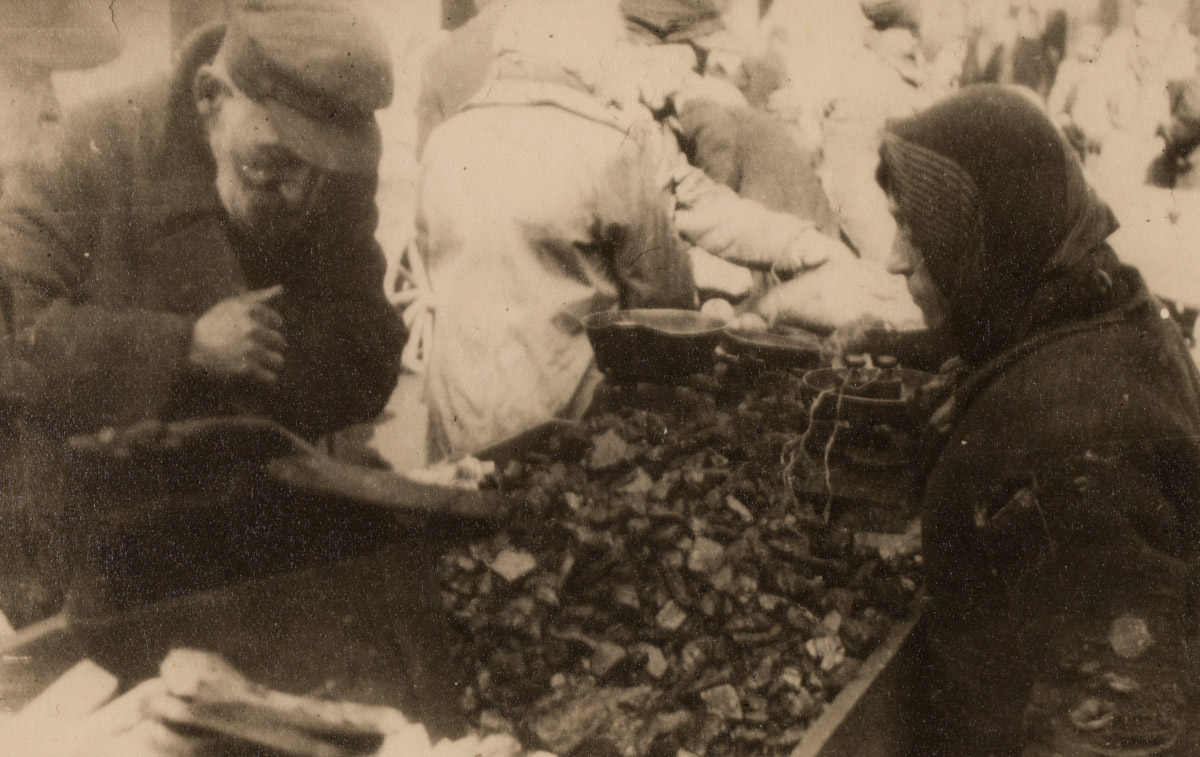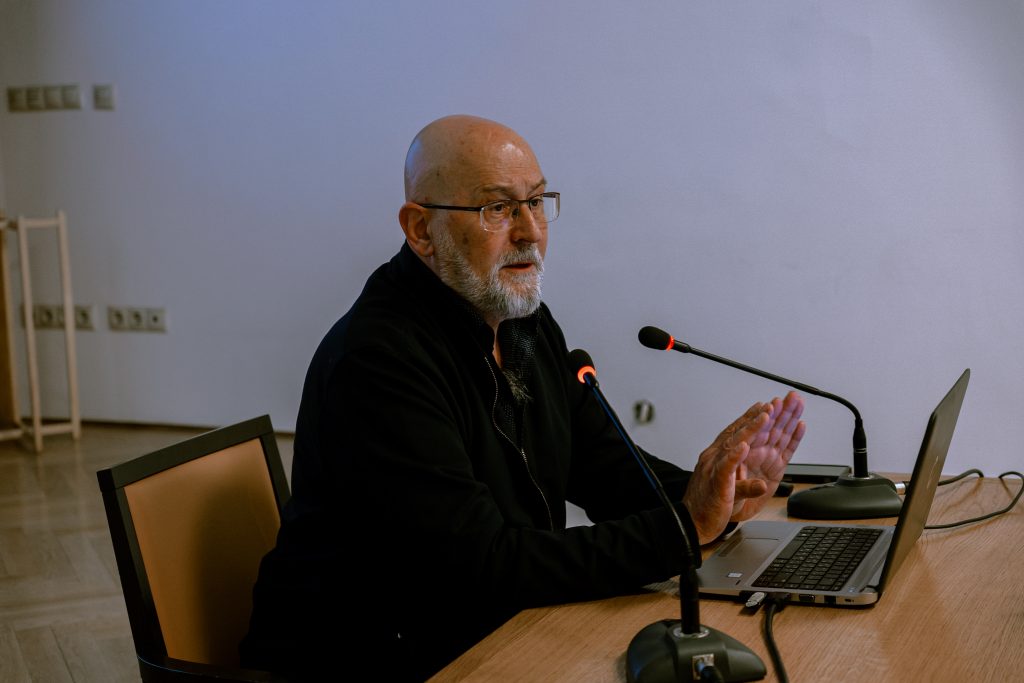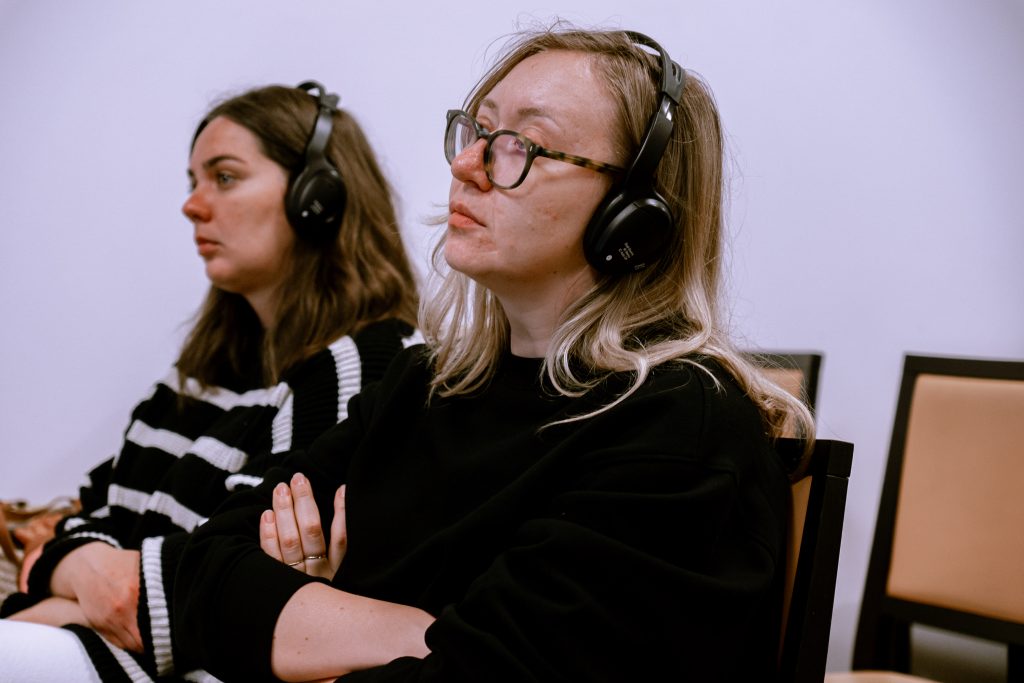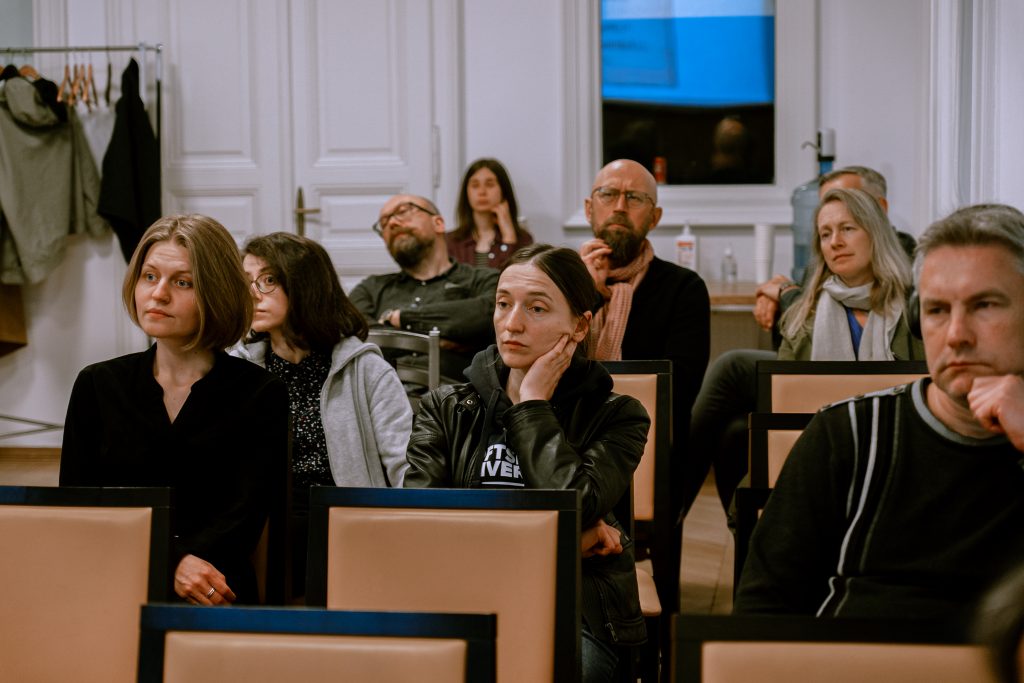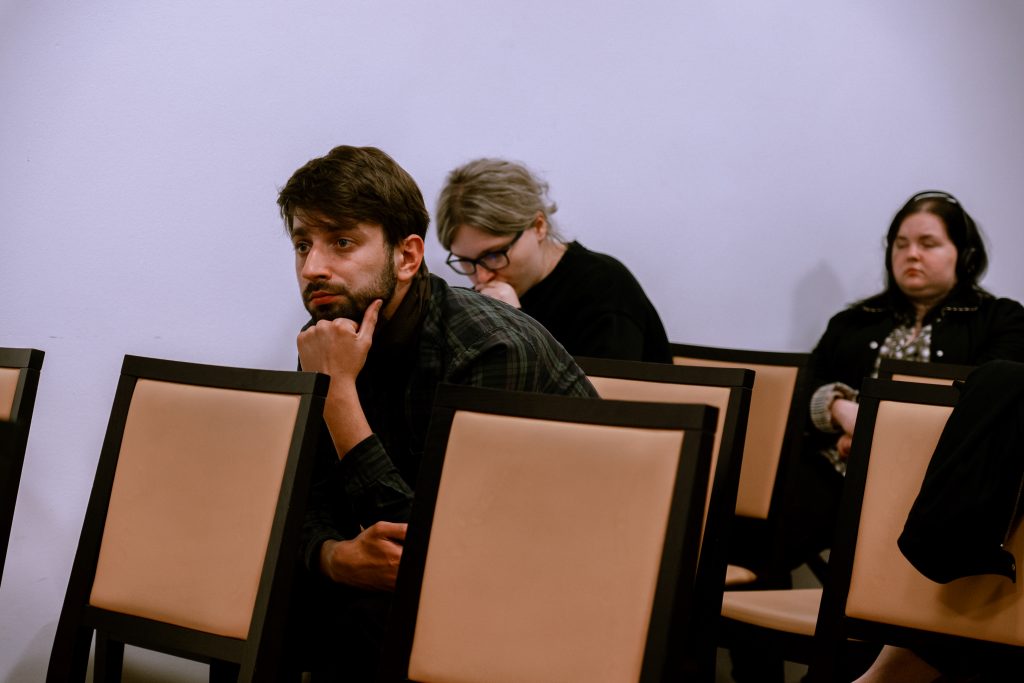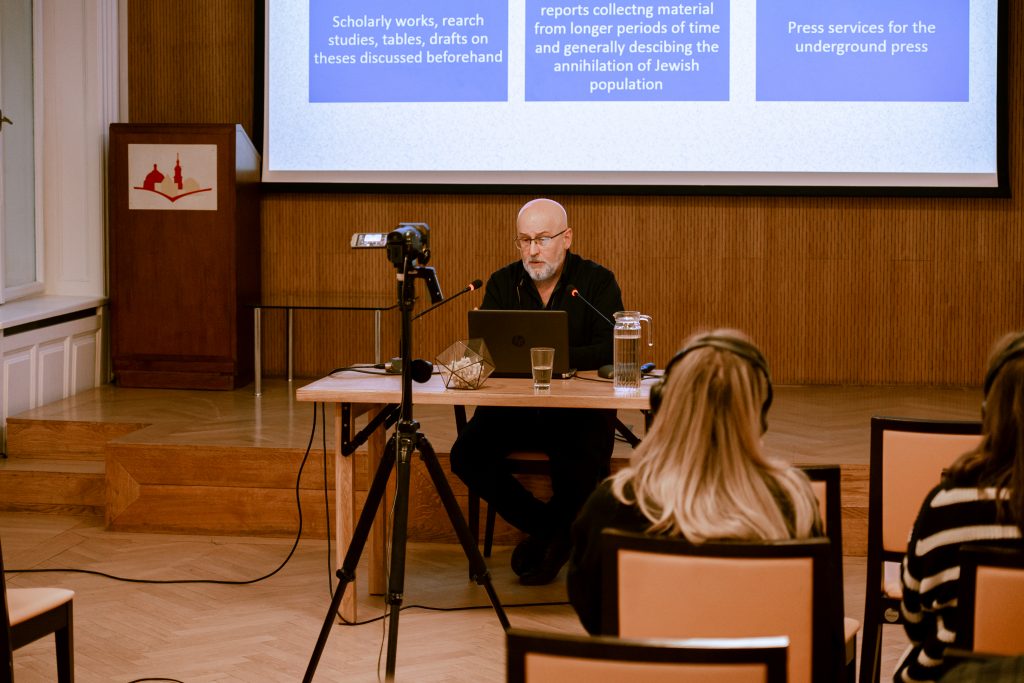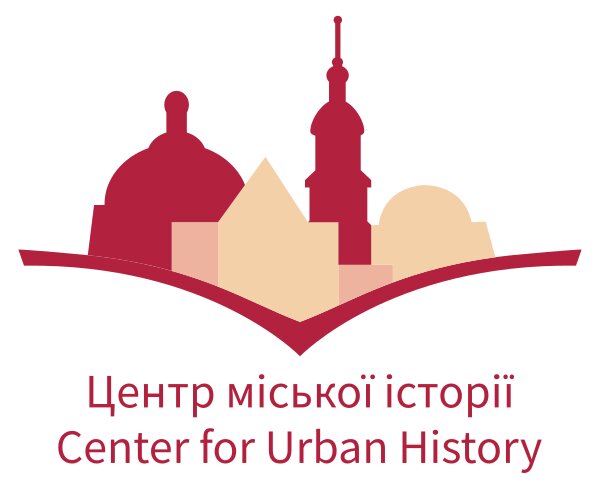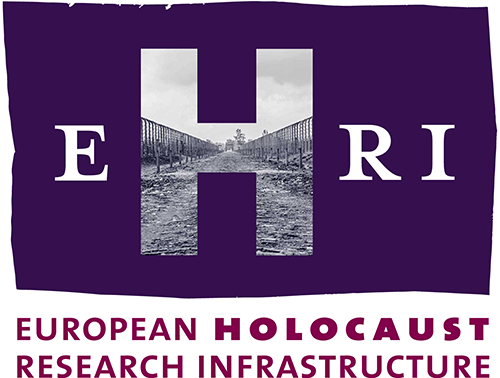"Who Will Write Our History?" Presenting the Underground Archive of the Warsaw Ghetto
Dr. Piotr Rypson
Jewish Historical Institute13.6.2023, 18:30
Conference Room of the Center for Urban History
We invite you to the lecture "Who will write our history?" Presenting the Underground Archive of the Warsaw Ghetto" which is part of the program series "Source as a Choice."
When Germans ordered the creation of the Jewish District in the autumn of 1940, historian Emanuel Ringelblum decided to begin documenting the life of the Jewish population under German rule. In November 1940, the Jewish District was sealed off from the rest of the city with a series of walls. By the spring of 1941, ca. 400 000 citizens of Jewish origin (mainly from Poland, but later also from Germany) were populating an area where less than half that number lived before.
Emanuel Ringelblum, a historian born in Buchach (Buczacz) with a history degree from Warsaw University and experience of working in social organizations before the war, created an underground group of historians, activists, writers, and people working in other professions. Their task was to create an archive reflecting the conditions of Jews in the dramatic conditions they were forced into. They adopted the name Oneg Shabbat. When news of mass murders started to reach them by the beginning of 1942, the group concentrated on documenting the rapidly spreading action of the genocide of the whole Jewish population throughout the Polish territories, but also in the East. Eventually, the archive grew to thousands of documents, reflecting the diverse and difficult choices of many contributors.
The archive was hidden in 1942 and 1943; almost all of its creators were killed — only two persons survived. The treasure was found in the ruins of the ghetto a few years after the war and forms today the biggest archive of documents relating to the Holocaust. It was published in Polish in 36 volumes (full edition) — and now is being subsequently made available in the English edition.
The lecture will introduce the history and scope of the Ringelblum Archive. It will elucidate what documenting and archiving mean and imply in the context of extreme violence and murder, what choices were made after the war, and how the archive can be both a site of research and a site of memory. As an exhibition presenting the archive and its history will be soon shown in Munich, thus the methodology of presentation, choices made, and resulting challenges will also be discussed.
The lecture will be held in English. Simultaneous interpretation into Ukrainian will be provided.
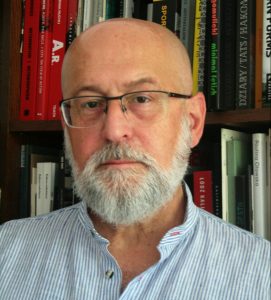
Dr. Piotr Rypson
Jewish Historical InstituteCurator, historian of literature and visual culture, and museum expert. Curator at the Jewish Historical Institute in Warsaw. Chair of the International Council of Museums ICOM Poland since 2018. Curator of numerous exhibitions of contemporary art, design history, artists’ books, visual literature, etc. Author of 11 books and over 200 articles on art, information architecture, visual communication, and literature.
The event is part of the public program on documenting the experience of violence and warfare "Source as a Choice," organized by the Center for Urban History in cooperation with EHRI.
Credits
Cover Image: Poster from German Commissar of Warsaw Ghetto Auerswald, November 1941 (Żydowski Instytut Historyczny / Jewish Historical Institute)
Gallery: Olya Klymuk
